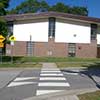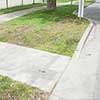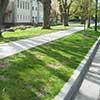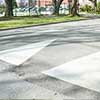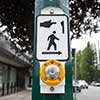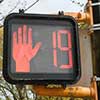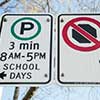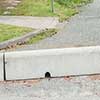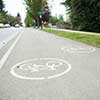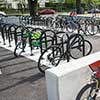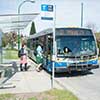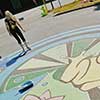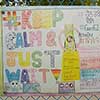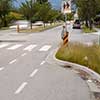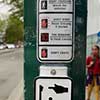What you need to know
Since 2012, we’ve consulted 3 to 6 schools each year to identify transportation-related challenges and opportunities, improve safety, and increase the number of children walking and cycling to school.
To date, 49 schools have participated in the School Travel Planning Program.
Key partners
- City of Vancouver
- School staff
- Parent Advisory Council (PAC)
Additional stakeholders
- Vancouver Police Department (VPD)
- Other community organizers and agencies
Through the School Travel Planning Program, we work with school communities to support active and sustainable travel to and from school.
We use a comprehensive approach known as the 5Es, which are:
- Evaluation: Collect information to understand context and monitor changes
- Engineering: Improve infrastructure near the school
- Enforcement: Increase compliance with traffic laws and parking regulations
- Education: Change perceptions of active travel and support programs to improve safety and reduce conflicts between modes
- Encouragement: Promote active travel as a fun, easy, and exciting way to get to school
Action plans and route maps
Find action plans and best walking and cycling route maps for schools that have participated in the School Active Travel Planning Program.
Common infrastructure items to improve school safety
Learn how we improve school infrastructure and support activities that promote school safety and active travel.
Contact us
Email: [email protected]

